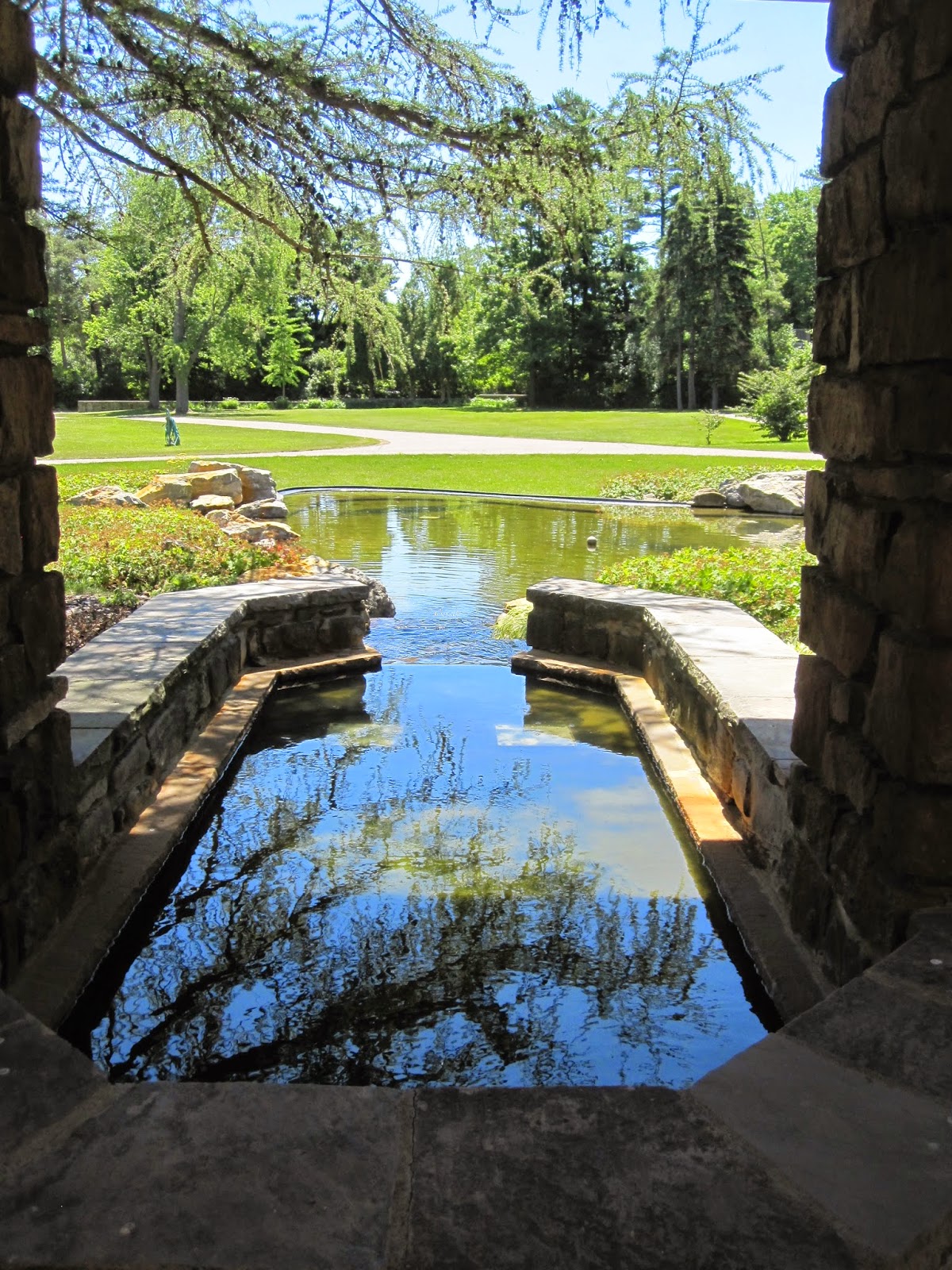 Fourth of July weekend on Lake Erie and taking in some good ole Americana. Nothing says USA better than taking a tour of a home created by one our country's most profound architects, Frank Lloyd Wright. Just south of Buffalo, New York, the summer home of the Martins sits on the edge of the cliffs overlooking Lake Erie and was built between 1926-31. Isabelle and Darwin Martin were rich Industrialists who commissioned Wright to build their vacation home after he built their main dwelling in Buffalo.
Fourth of July weekend on Lake Erie and taking in some good ole Americana. Nothing says USA better than taking a tour of a home created by one our country's most profound architects, Frank Lloyd Wright. Just south of Buffalo, New York, the summer home of the Martins sits on the edge of the cliffs overlooking Lake Erie and was built between 1926-31. Isabelle and Darwin Martin were rich Industrialists who commissioned Wright to build their vacation home after he built their main dwelling in Buffalo. There are many highlights of Wright's effects on his work that make this building a very compelling work of art. One being his appreciation of the natural surroundings and using actual materials of the area to build his work. In this case, he used the shale stone that the cliffs were made of and used them throughout the home. He also knew that over time, the natural combination of the rain and the elements in the stone would discolor the stone in different colors and add to the organic feel of his designs.
Other features of the home are having a garden at one of the end of the home where the runoff from rain showers were angled so that it would empty in the garden and keep it watered. Another Wright touch would be the open ribbon like windows on both sides of the home. It gives the illusion that you can see through the home and enjoy the views of the lake and Canada across the way. My favorite aspect of Greycliff is the running fountain that is designed in the front of the home and main walk way. Two smaller walls line a water way that empties out into a bigger, natural, pool, so that it gives the illusion the lake is running through the home.
There are many other features of the GreyCliff estate that are fantastic, like the garage, tennis court, and the sheep that were there to chew the grass, basically a natural lawn mower.
I think it's amazing how Wrights designs still look so modern, especially given when they were conceived, and the amount of detail he put into every aspect of what he was creating. Even down to the furniture and materials used, he didn't leave any form or function unthought of. Completely recommend seeing this or any of his works when given the chance.
Big thank you to the Hambergers for being fantastic hosts and guides!









